The Mikoyan-Gurevich MiG-21 : A Closer Look
Despite its 70-year-old design, the MIG-21 is still in use today due to its exceptional combination of simplicity, durability, and cost-effectiveness. Originally introduced in the 1950s, its design principles have stood the test of time, making it relatively easy to maintain and operate even with aging airframes. Moreover, its compact size and agility still offer tactical advantages in certain scenarios, particularly in countries where defense budgets may not allow for the acquisition of more modern aircraft. Additionally, many nations have modernized and upgraded their MIG-21 fleets with avionics and weapons systems, enhancing their capabilities to meet contemporary operational requirements. As a result, the MIG-21 continues to serve as a reliable workhorse for air forces around the world, demonstrating its enduring relevance despite its age.
Several factors contributed to its continued success:
Design and Versatility
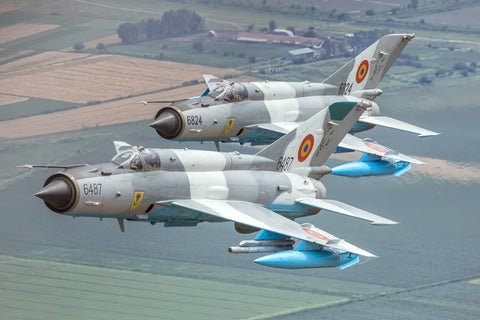
The MIG-21 was designed as a lightweight, single-engine supersonic fighter aircraft. Its compact size and aerodynamic design allowed for exceptional maneuverability, high speeds, and good climb rates. It was also equipped with a delta wing configuration, which enhanced its performance at high altitudes and high speeds.
Cost-Effectiveness
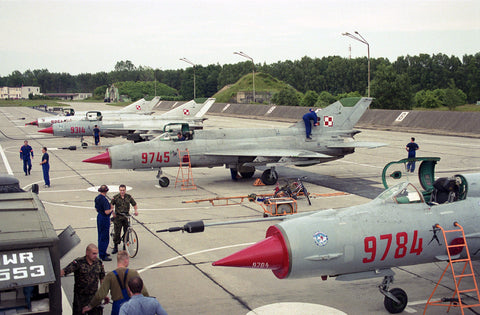
The MiG-21 was relatively inexpensive to produce compared to other contemporary fighter aircraft, making it an attractive option for many countries with limited defense budgets. Its affordability, coupled with its performance capabilities, made it a popular choice for numerous air forces around the world.
Simplicity and Reliability
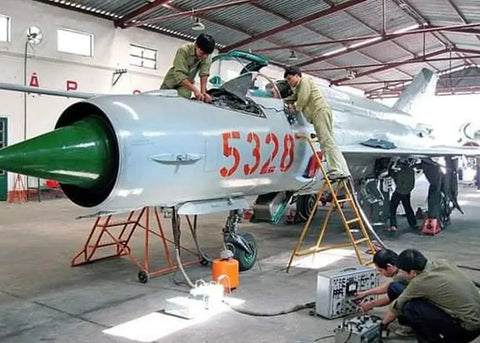
The MiG-21 was known for its simplicity and ease of maintenance. Its design focused on simplicity and reliability, making it relatively easy to operate and service. This was especially valuable for countries with limited resources and technical expertise.
Adaptability

The MiG-21 had a modular design that allowed for easy modification and upgrade. It was produced in numerous variants, each tailored to specific roles such as interceptor, ground attack, reconnaissance, and trainer. This adaptability made it a versatile platform that could be customized to meet the needs of different air forces.
Wide Deployment
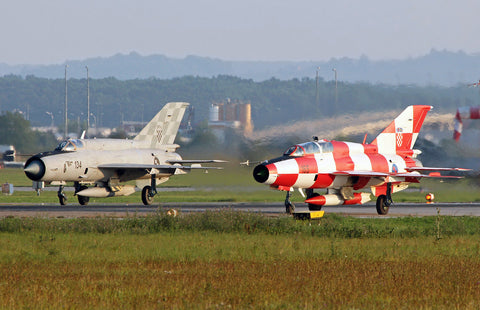
The Soviet Union exported the MiG-21 to numerous countries, providing them with an advanced and capable fighter. This widespread deployment led to the aircraft seeing combat in various conflicts around the world, further establishing its reputation and success.
Longevity
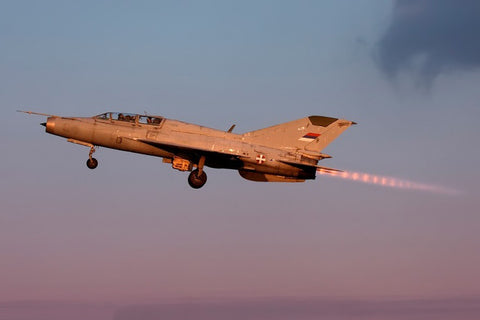
The MIG-21 had a remarkably long service life. It entered service in the late 1950s and continued to be used by many countries well into the 21st century. Its longevity can be attributed to its robust design, upgradability, and continuous maintenance and modernization efforts.

